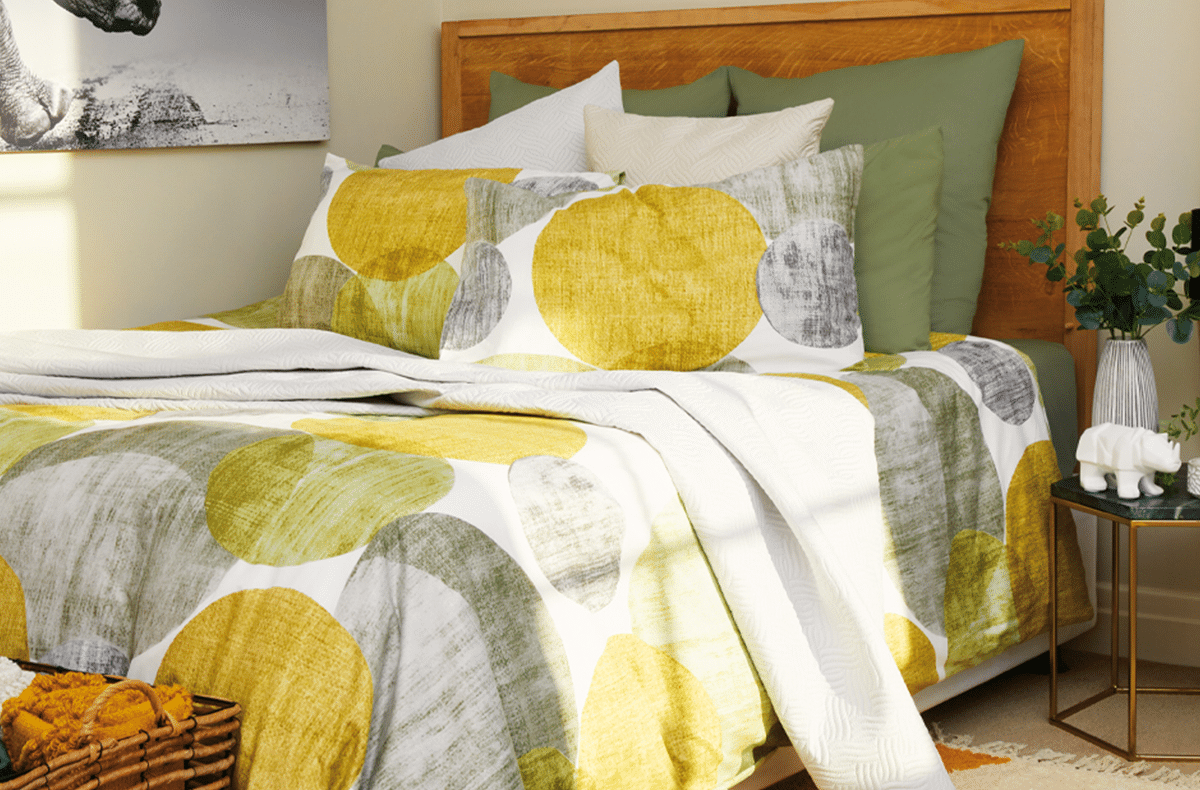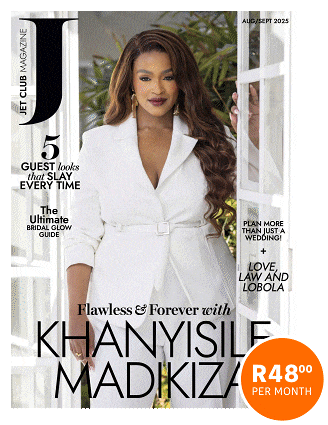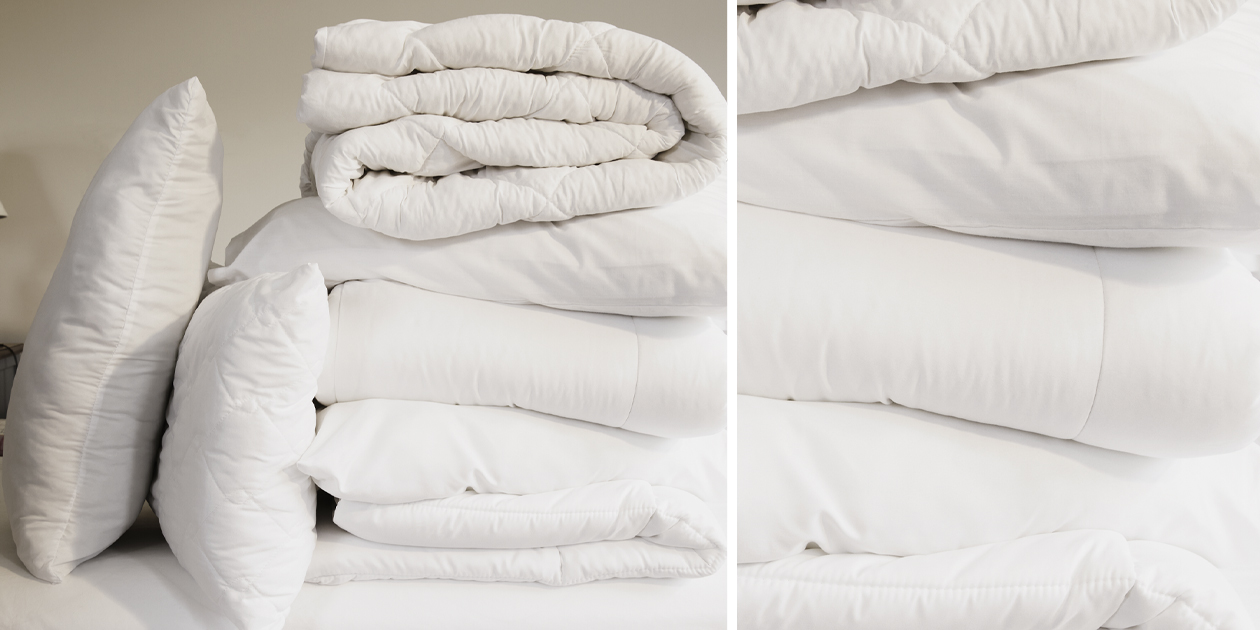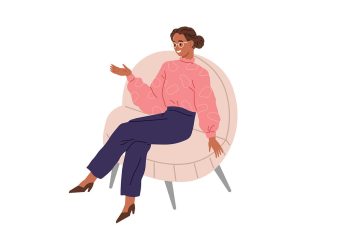Finding your (duvet) inner self

Need a new duvet inner? Keep these tips in mind
Choosing the correct duvet inner for your body temperature and the season is important. When buying duvet inners for a good night’s sleep, here’s what to keep in mind.
TOG RATING
The tog rating of a duvet inner refers its insulating effectiveness. On a scale from 1.5 to 15, the higher the tog rating, the warmer the inner will be to sleep under. It is an important factor to keep in mind, especially if you have a high body temperature and get hot quickly.
For wintertime, a tog rating of 10.5 to 13.5 is ideal, while a rating of around 9 is suitable for an all-season duvet inner. Additionally, duvet inners that can be attached to one another (also referred to as a 3-in-1) are a great option.
In summer, you can use a lower tog and attach a higher tog when it’s colder. When choosing inners for children, remember that they overheat much faster than adults, so a tog rating of 4.5 is sufficient for them.
FILLINGS: MICROFIBRE, HOLLOW FIBRE AND BALL FIBRE
- Microfibre is the man-made equivalent of down, but threads are silky smooth and cheaper. So, while these inners come very close to the real thing, they aren’t quite as puffy.
- Hollow fibre has a hole down the centre of each thread that traps air, making it lighter than microfibre. As a result, it is not as warm as microfibre, but it does puff up more.
- Ball fibre is a filling shaped into tiny balls instead of strands. These inners plump up far better and stay puffier for much longer than other synthetic products.
CONSTRUCTION
When selecting an inner, look for one with square stitching. Large squares, stitched after the filling has been added, keep the filling from moving around and clumping together in one section of the inner.
SIZE
You can either purchase one that is the same size as your bed, or one size larger if you like bundling up. Larger bedding will also drape better down the sides of the bed.
BUDGET
Size and filling are the two main factors for determining price. Generally, the larger the duvet, the higher the price tag. The filling also plays a significant role; down and feather inners being the most expensive, followed by luxury microfibre inners and, at the most cost-effective end of the spectrum, hollow-fibre and ball-fibre duvet inners.
OUR TIPS
- If you are very tall and your feet reach the end of your bed, choose a duvet that is 30cm longer.
- If you prefer extra coverage, choose a duvet that is one size larger than your bed size.
- The breadth of a king-sized duvet is somewhat more than its length; therefore, ensure that the duvet is facing the correct direction when placing it inside the duvet cover.
HOW TO CARE FOR YOUR DUVET INNER
- Shake out your duvet often to plump it up and disperse the filling evenly.
- Duvet inners should be aired regularly to stay fresh.
- Duvet inners should be washed once every 6—12 months. Natural and synthetic inners can be machine washed in a large capacity washing machine. Remember to always check the care instructions on your specific inner first.
- Use enzyme-free washing powder.
- Ensure the inner is 100% dry before using it again to avoid clumping and ruining the filling.
- Do not tumble dry inners.
BY ESTEE KERSHOFF
Related articles

Latest Jet club magazine
We’ve got the latest trends, exciting prizes and exclusive savings just for you!
Jet Club will not pass your details to anyone else. By clicking the subscribe button you confirm you have read and agree to the Jet Club Terms and conditions and Jet Club Privacy Statement.
Subscribe


